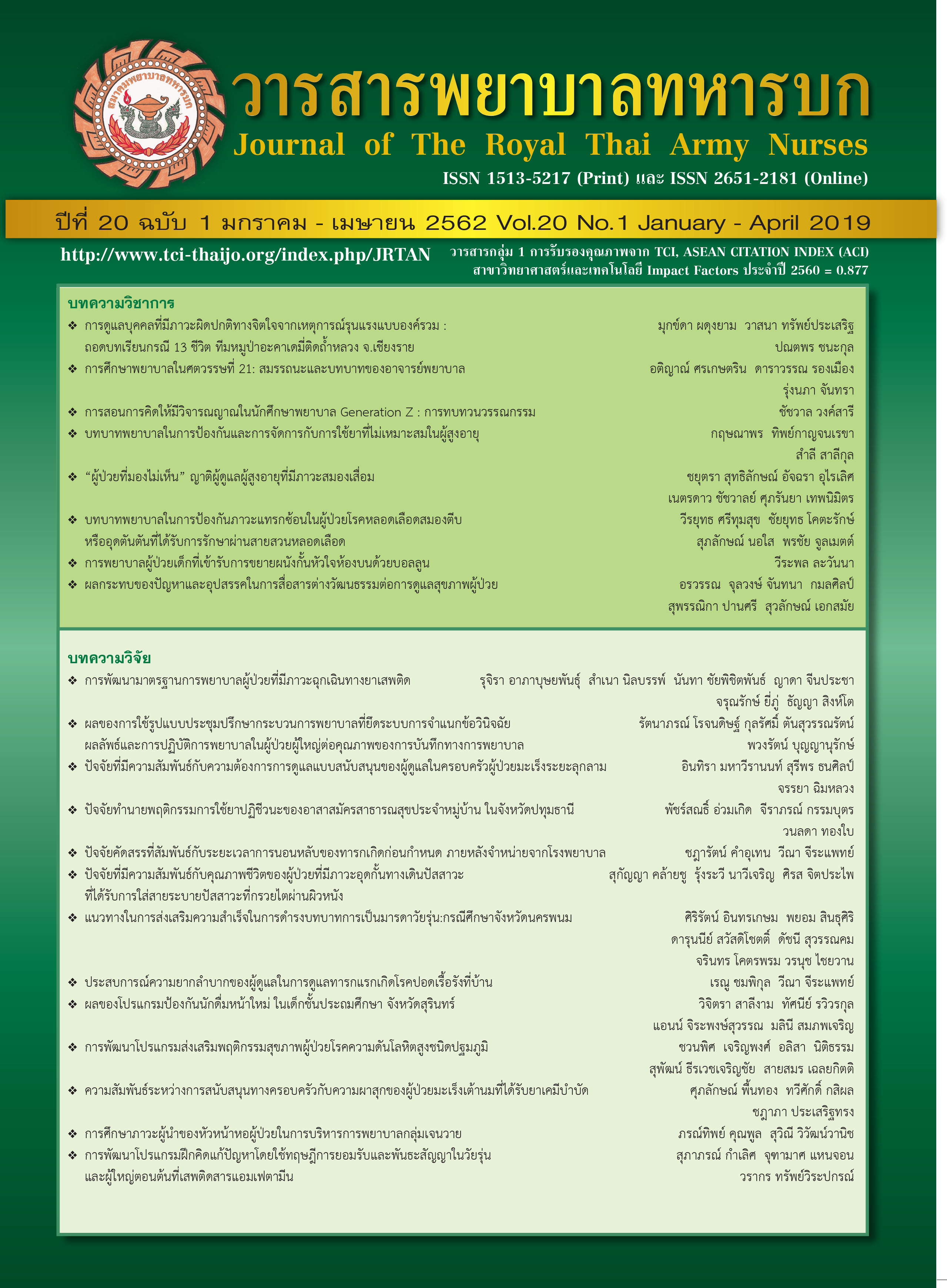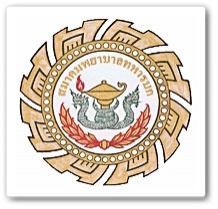Holistic Care for Persons with Post-Traumatic Stress Disorder (PTSD): Lesson Learned from Cave Rescue of Moo Pa Academy Mae Sai Soccer Team in Chiang Rai
Keywords:
Post-Traumatic Stress Disorder, Holistic Care, PTSD, Moo Pa Academy Mae Sai Soccer Team, Counseling TechniqueAbstract
Moo Pa (Wild Boar) Academy Mae Sai is the name of the soccer team in Mae Sai district of Chiang Rai. After 12 members of the team and their coach went into Tham Luang-Khun Nam Nang Non cave and were trapped in the flooded cave for 17 days, they were at risk of having post-traumatic stress disorder (PTSD), a mental disorder that often surges after a person experiences or witnesses a terrifying event. Symptoms may include flashbacks, nightmares and severe anxiety, as well as uncontrollable thoughts about the event. When thinking about that event, there will be fear. Persons will try to avoid facing any event-related emotion, their mind being affected in a negative way, and they will have lower efficiency in performing routine tasks. If confronted with the triggering event, they might even show violent retaliatory behavior. In all cases, first phase of treatment will focus on physical assistance, in order for the persons to survive and avoid physical harm. Surviving or being safe will bring psychological support. From there, effective care treatment is required to reach a holistic restoration of persons including physical, mental, social and spiritual. Psychotherapy or counseling will help victims to realize and understand themselves. It is to say, to understand the negative effects that arise from their own thoughts, emotions and feelings towards the event. Patients will then have to change their perspective and link to their life energy, and develop spiritual health, which will result in inner peace and happiness. If the victims get proper care, they will be able to rehabilitate themselves, getting back to the normal balance in life. All lesson learned from the operation to rescue of Moo Pa Academy Mae Sai Soccer Team at Tham Luang cave in Chiang Rai is a good experience and learning model for society.
Downloads
References
2. Suthamnirand, A. Post-traumatic stress disorder in children. Journal of Medicine and Health Sciences. 2014; 21(3): 4-9. (In Thai).
3. Varcarolis, E.M. Manual of psychiatric nursing care planning. New York: Suanders, an imprint of Elsevier Inc; 2015.
4. Black, D. W., & Andreasen, N. Introductory textbook of psychology. (5thed.). Washington, DC: American Psychiatric Publishing; 2011.
5. Mayo Clinic Staff. Post-traumatic stress disorder (PTSD). Mayo Clinic Diseases and Conditions. MO: Mayo Foundation for Medical Education and Research; 2014.
6. Igreja, R.P. Infectious diseases associated with caves. Wilderness Environ Med. 2011;22:115-21.
7. Phadungyam, M., Phonin, S., Chuchuen, W.Perception of Holistic Health Status among Teenage Mothers, their Families, and Social Circumstance in Phetchaburi province. EAU Heritage Journal Science and Technology. 2016;10(2):250-261. (In Thai).
8. World Health Organization, International Council of Nurse. ICN framework of disaster nursing competencies. Geneva: Western pacific region; 2009.
9. Siripukdeekan, C. Nursing Role with Incident Command System in Disaster. Journal of The Royal Thai Army Nurses. 2018; 19(2): 70-77.(In Thai).
Downloads
Published
How to Cite
Issue
Section
License
บทความหรือข้อคิดเห็นใดใดที่ปรากฏในวารสารพยาบาลทหารบกเป็นวรรณกรรมของผู้เขียน ซึ่งบรรณาธิการหรือสมาคมพยาบาลทหารบก ไม่จำเป็นต้องเห็นด้วย
บทความที่ได้รับการตีพิมพ์เป็นลิขสิทธิ์ของวารสารพยาบาลทหารบก
The ideas and opinions expressed in the Journal of The Royal Thai Army Nurses are those of the authors and not necessarily those
of the editor or Royal Thai Army Nurses Association.






